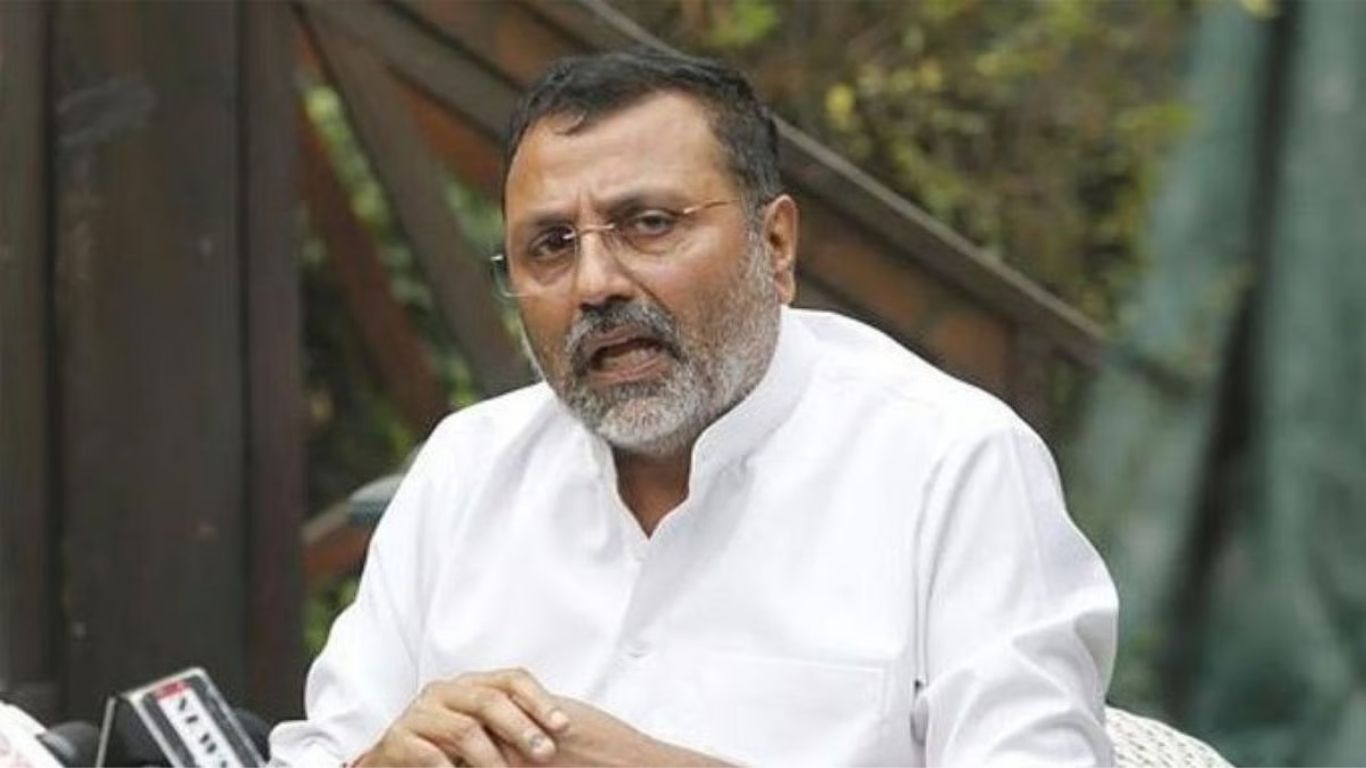The HCMTR project in Pimpri-Chinchwad aims to ease severe traffic congestion with a 35.91 km circular Neo Metro corridor. Designed with minimal displacement and eco-friendly electric trains, it promises faster commutes for 30 lakh residents. Despite funding and land hurdles, it’s a hopeful step toward smarter urban mobility.
Mrudula Narale
Pune, April 30, 2025: Imagine being stuck in a traffic jam in Pimpri-Chinchwad, inching along as the minutes tick by, late for work or missing time with family. For the over 30 lakh residents of this vibrant industrial hub, this is a daily reality. Rapid urbanization has turned the twin cities of Pune and Pimpri-Chinchwad into a maze of congested roads, but hope is on the horizon. A freshly drafted Detailed Project Report (DPR) for the High-Capacity Mass Transit Route (HCMTR)—a 35.91 km circular ring road—promises to ease the city’s traffic woes with a human-centered approach, offering a smoother, faster way to get around.
Dreamed up as a Neo Metro system, the HCMTR is more than just a road—it’s a lifeline for families, workers, and students craving relief from the chaos of gridlocked streets. First envisioned in the 1987 development plan, this six-lane elevated corridor was meant to keep the city moving. But for over 25 years, the project has faced setbacks: soaring costs (now estimated at Rs 11,000 to 12,000 crore), political delays, and sprawling settlements that house one to 1.5 lakh people on land reserved for the route. With 65-70% of the needed land in the Pimpri-Chinchwad Municipal Corporation’s (PCMC) hands, the challenge is real—how do you build a modern transit system without uprooting communities?
The updated DPR shows the city’s heart in action. Instead of bulldozing through densely packed neighborhoods, planners have rerouted the HCMTR to minimize evictions, balancing progress with compassion. The route unfolds in three thoughtful phases: an 11.90 km stretch from Akurdi to Nehru Nagar, a 5.8 km link from Nehru Nagar to Dapodi, and an 11.55 km path from Dapodi back to Akurdi, with a 17.78 km railway segment woven in. It will connect bustling areas like Chikhali, Nigdi, Akurdi, Pimple Saudagar, Wakadwasti, and Kasarwadi, making daily commutes easier for everyone from factory workers to school kids.
The Neo Metro itself is designed with people in mind. Picture sleek, rubber-tyred electric trains gliding along 20-meter-wide corridors, carrying up to 350 passengers at a time. With a zippy design speed of 70-80 kmph, 45 stations, and trains arriving every 2.5 minutes during peak hours, it’s built to keep life moving. Powered by overhead electric wires, it’s eco-friendly, too, cutting down on the smog that clouds the city’s air. The PCMC’s feasibility study digs deep into what residents need—analyzing population growth, commuting habits, and land realities to ensure the system works for real people.
This isn’t just about concrete and steel; it’s about giving time back to families, reducing stress, and making the city feel more connected. By integrating with existing services like PMPML buses and the Rainbow Bus Rapid Transit System, the HCMTR aims to create a seamless web of public transport. Yet, challenges like land acquisition and funding loom large. For the people of Pimpri-Chinchwad, the HCMTR is a promise—a chance to reclaim their city from traffic and build a future where getting around is a joy, not a struggle.


